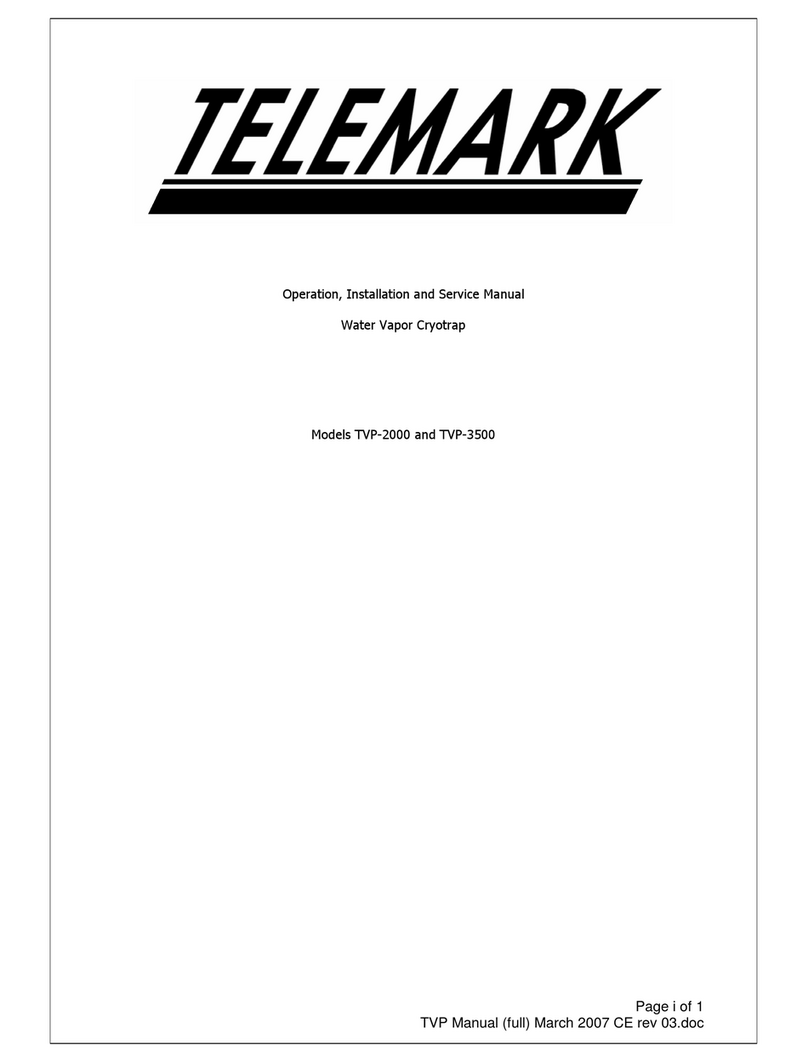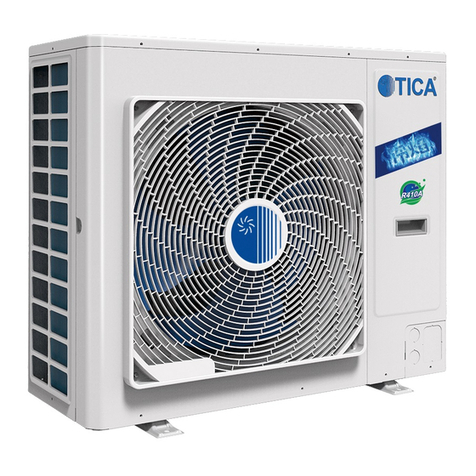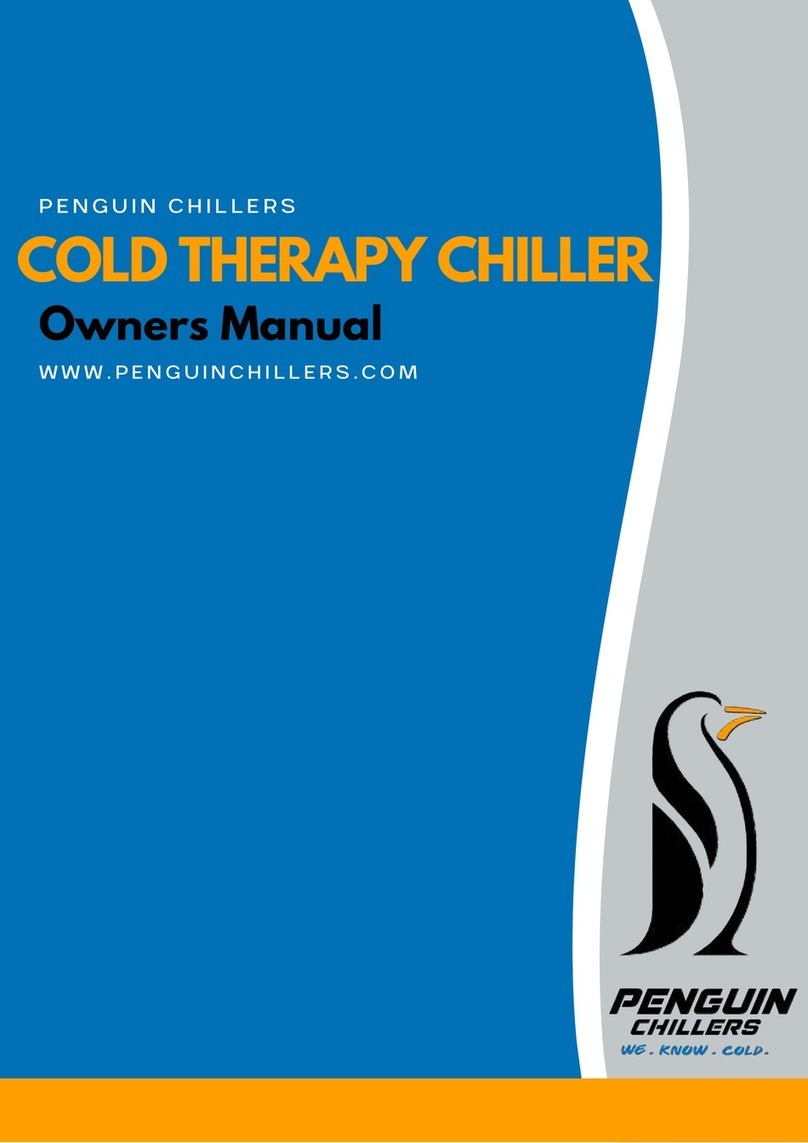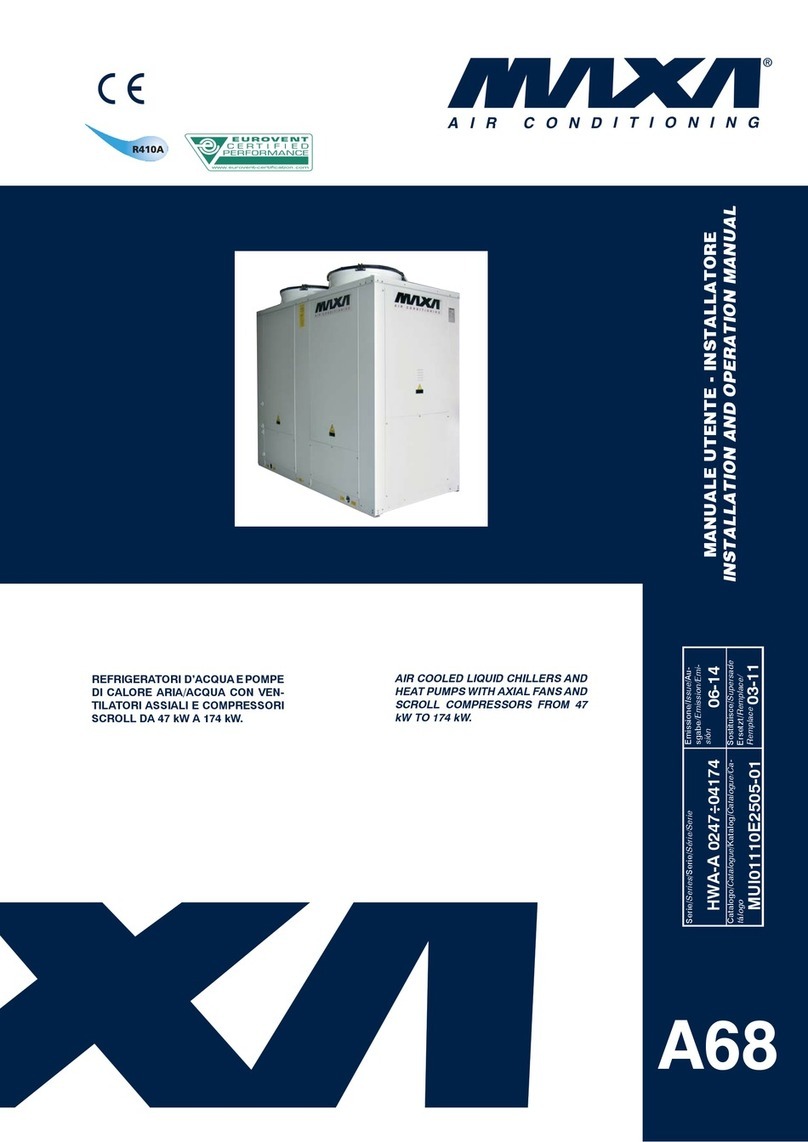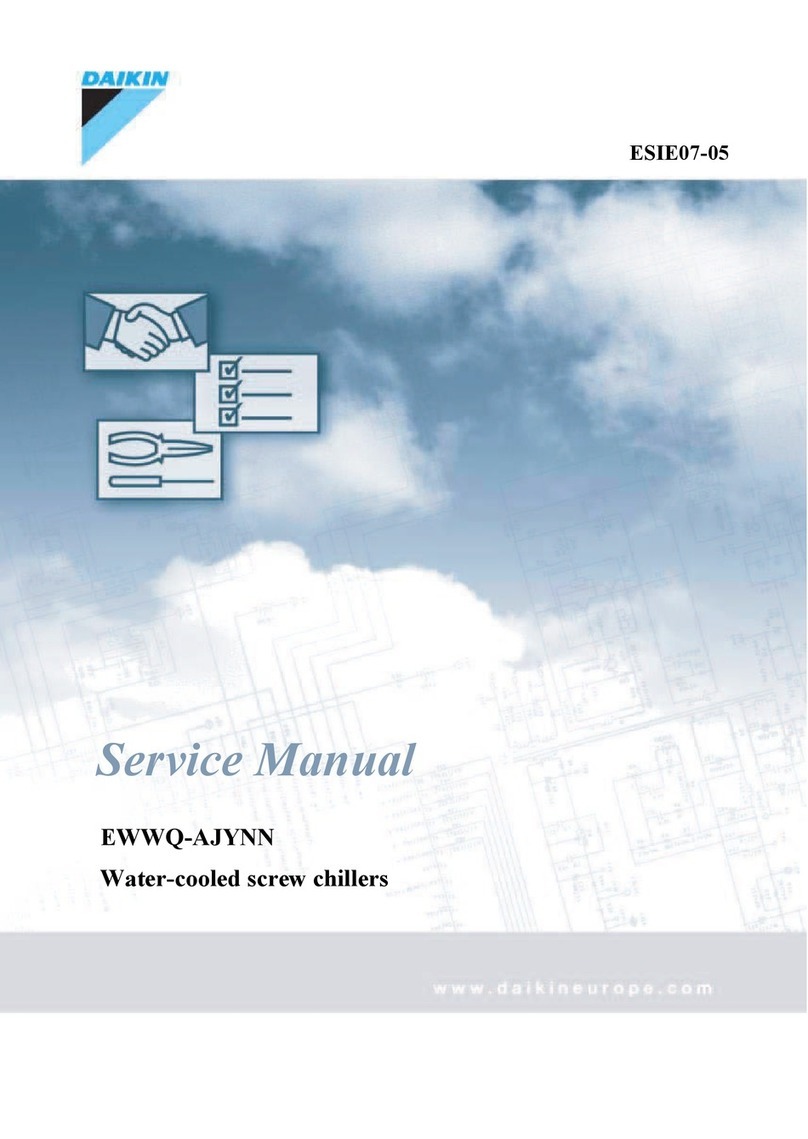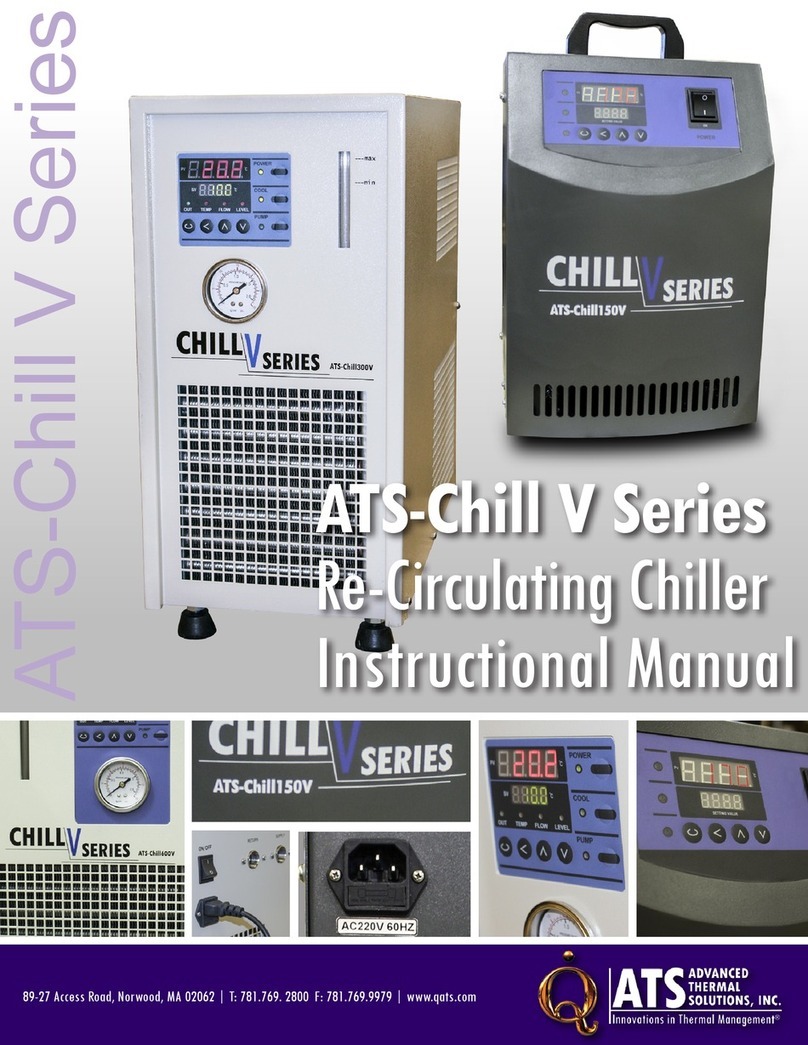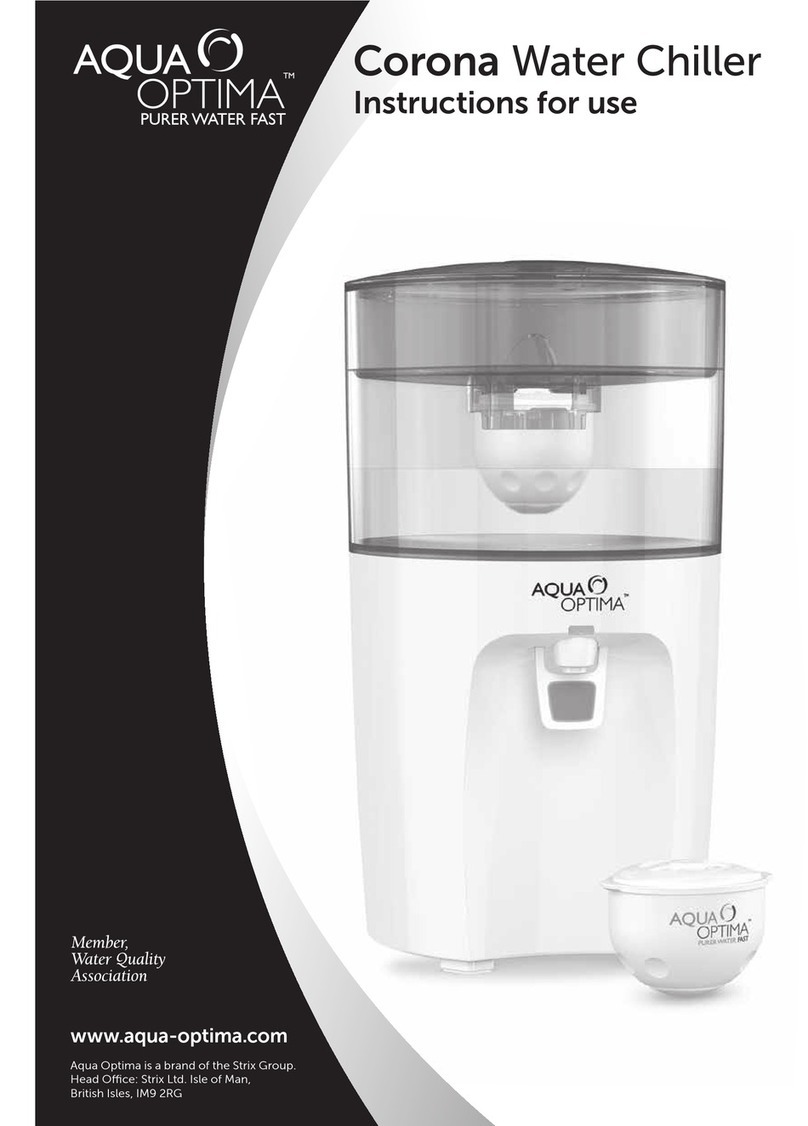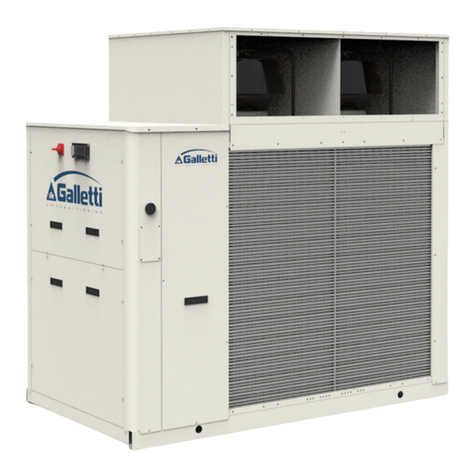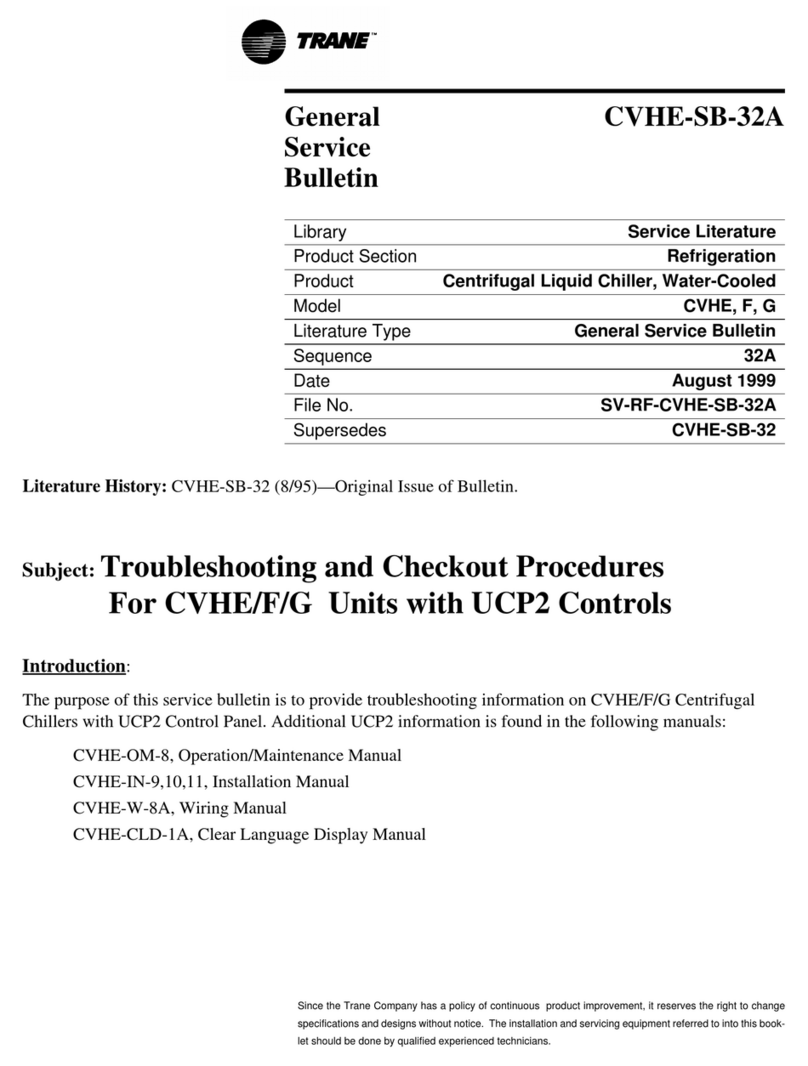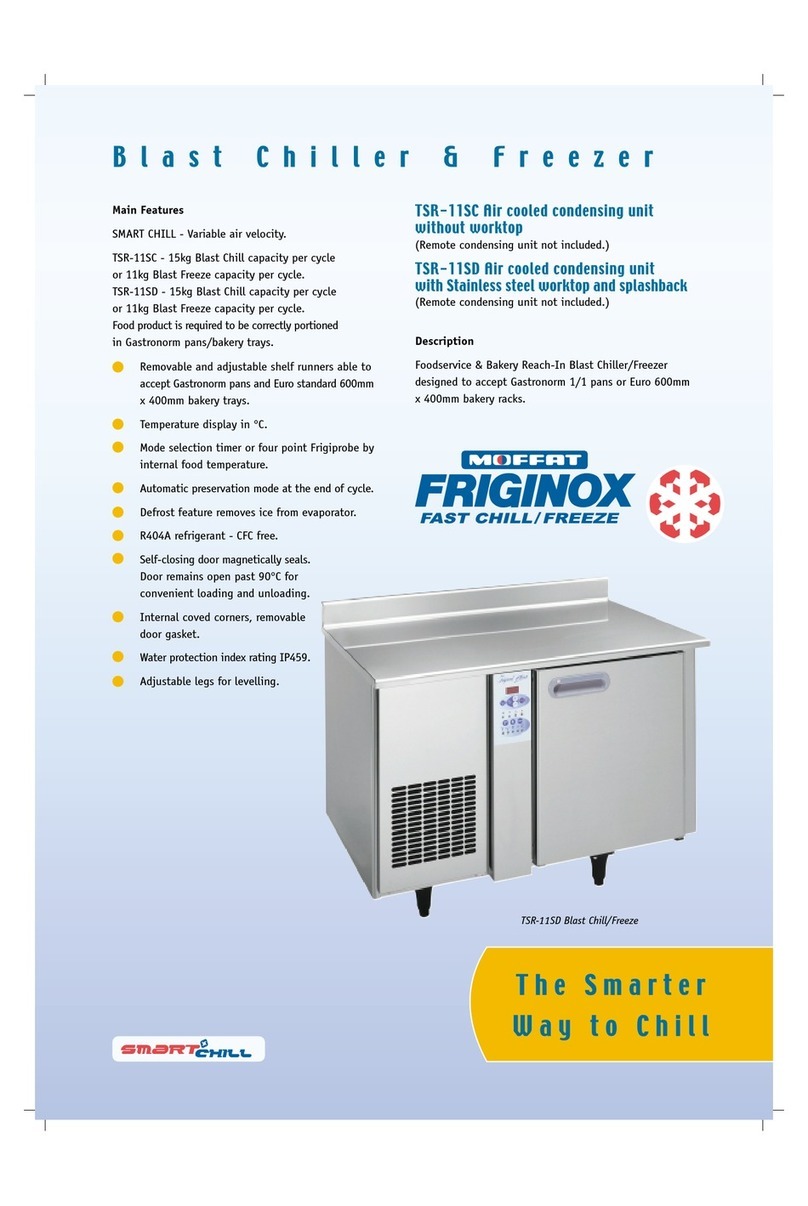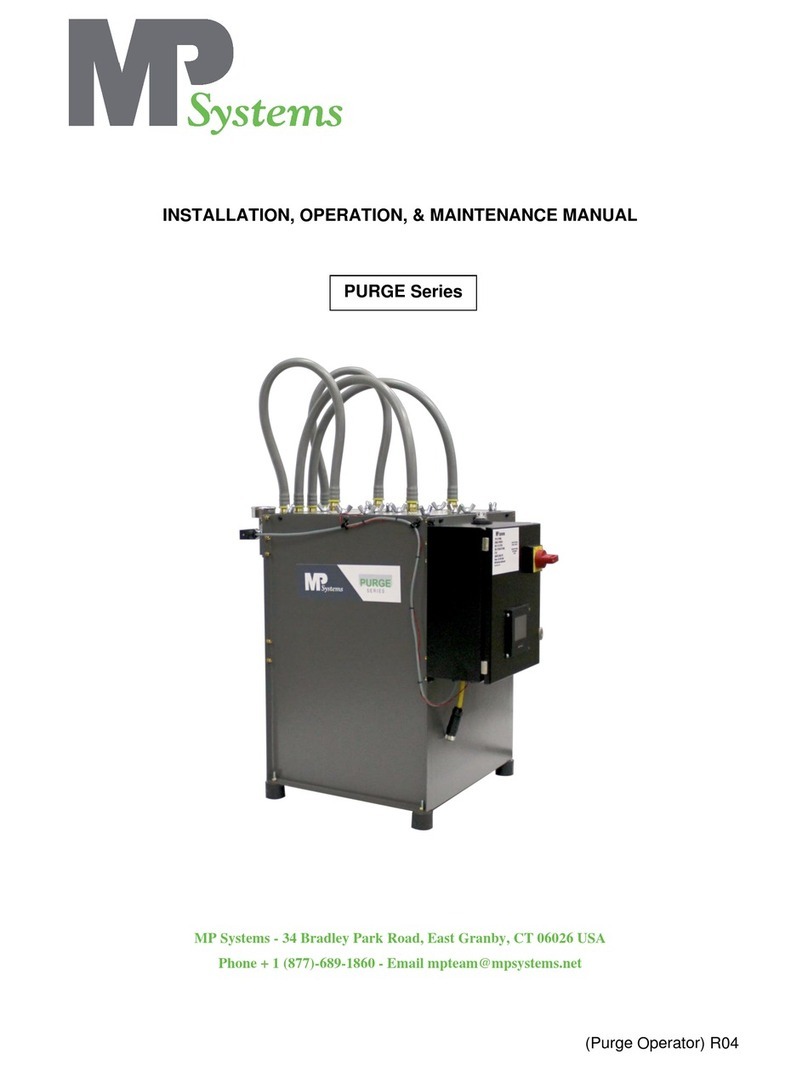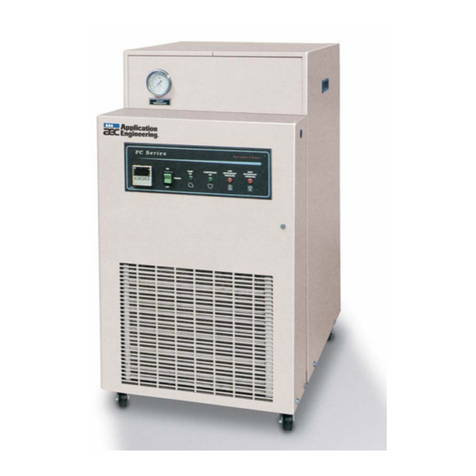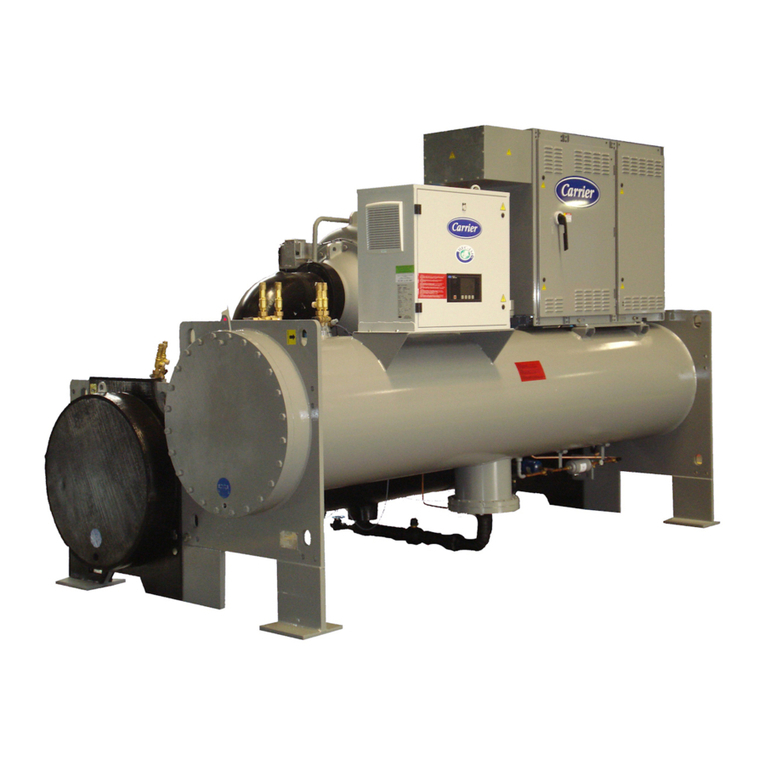
(©October,2006)
CyberChiller Series Installation, Operation & Maintenance Manual
1-1
1.0 INTRODUCTION
1.1 General
Congratulations,the CyberChiller™ floormounted
liquid chiller system covered by this manual is de-
signed and manufactured by Stulz Air Technology
Systems, Inc. (SATS) using the latest, state-of-the-art
control technology. Recognized as a world leader,
SATS provides precision cooling systems with the
highest quality craftsmanship using the finest materi-
als available in the industry. The unit will provide years
of trouble free service if installed and maintained in
accordance with this manual. Damage to the unit from
improper installation, operation or maintenance is not
covered by the warranty.
This manual contains information for installation,
operation, maintenance, troubleshooting and repair.
STUDY the instructions contained in this manual.
They must be followed to avoid difficulties. Spare parts
are available from Stulz Air Technology Systems to
insure continuous operation. Using substitute parts or
bypassing electrical or refrigeration components in
order to continue operation is not recommended and
will VOID THE WARRANTY. Due to technological
advancements, components are subject to change
without notice.
CyberChiller systems are designed to precisely control
leavingfluid temperature forfluidcooled equipment
such as server racks, MRI’s, precision cooling units or
other devices. Any use beyond this is deemed to be
not intended. SATS is not liable for any damage
resulting from improper use. All CyberChiller systems
are designed to be installed indoors unless otherwise
noted on the equipment. Propeller-type condensers
and fluid coolers are designed for outdoor use.
1.2 Product Description
CyberChiller systems are designed to meet the needs
and technical requirements of individual customers.
Each individual module or unit can be supplied with
remote air-cooled condensers (AR) or optional water/
glycol (W/G) cooled heat rejection configurations. The
cooling capacity, in BTU/Hr, will depend on the unit
size, which can range from 120,000 to 330,000 BTU/
Hr. CyberChiller systems are designed to operate with
either R22 or R407C refrigerant. Refer to the unit
nameplate to identify which refrigerant is used with
your unit. NOTE
The CyberChiller systems are strictly for non-
residential applications.
Refer to the installation drawing supplied with your unit
for layout and dimensions of the cabinet. The
CyberChiller unit is provided with a factory mounted
service disconnect switch with a lockable handle. The
service disconnect switch isolates the unit during
routine maintenance. The system incorporates state of
the art component protection with the use of motor
start protectors and circuit breakers.
An operating manual for the system controller is
providedunder separate cover. Refertothat manual for
detailed instructions on operating the system control-
ler provided with your unit.
The standard controller for the CyberChiller unit is the
C6000microprocessor, which providesthe following
features: input/output monitoring status, full integrated
control of cooling, multi-unit control and remote
communication with building management systems.
The controller is typically factory mounted on the front
hinged access door of the unit. As an option the
controller display may be factory supplied for remote
mounting to a wall or control panel.
1.2.1 Capabilities and Features
DualRefrigeration Circuits
ConstantRunning Compressor
Vibration Isolation of Compressor
Electronic Hot Gas Bypass
(With control based on the chilled water supply
temperature.)
HeavyGauge Cabinet Construction
High Density Sound & Thermal Insulation
1.2.2 Application Ranges
The SATS CCH Modular Line Chiller Units are de-
signed for operation within the following ranges:
Room Temperature Range: 35ºF to 95ºF, non-condensing
environment.
Cold Water Conditions: Between 45ºF and 65ºF.
Voltage Tolerances: 460VAC +/-10%; 208VAC +/-10%.
Frequency: 60 Hz. (as noted on unit nameplate).
Max. Piping Length; Chiller to Air Cooled Condenser:
200 ft equivalent length.
Max. Level Drop; Chiller to Condenser: 20 ft (when
condenser is below the chiller).
Storage Conditions: 35ºF to 95ºF.
NOTE
Damage or malfunctions to the unit due to
storage or operation outside of these ranges
will VOID THE WARRANTY.
